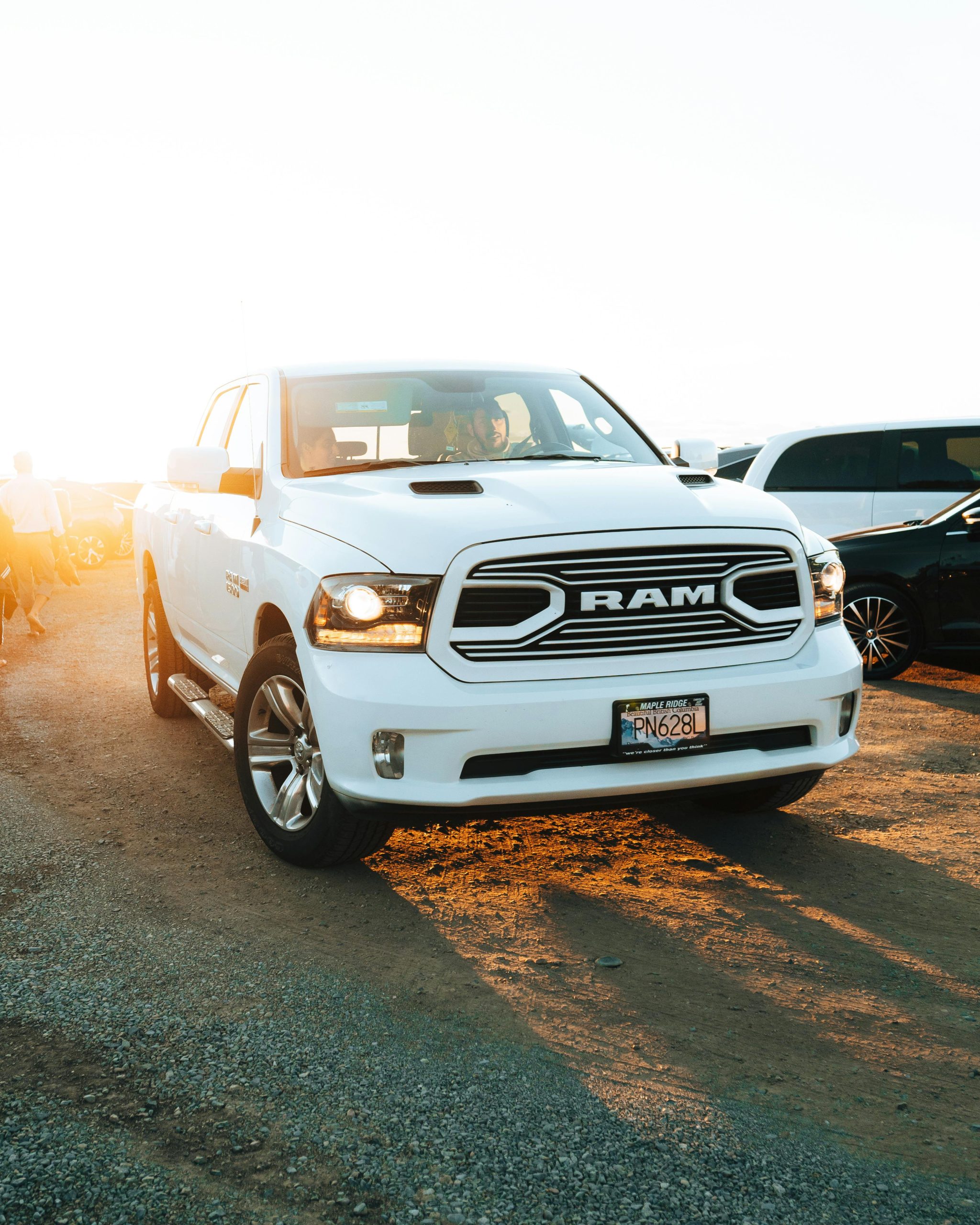Navigating Insurance Requirements When You No Longer Have Your Original Driver’s License
Moving to a new state and updating your insurance can sometimes lead to unexpected challenges, especially when it comes to proving your driving history. If you’ve recently relocated and are trying to establish your insurance rates, you might encounter questions about your driving credentials that are tricky to answer.
A common issue faced by drivers in this situation is providing proof of their full driving history, including previous licenses. For many, the first license they received at 18 is essential for insurers to accurately assess their driving record and set fair premiums. However, what happens when that original license is no longer in your possession?
For individuals who have been behind the wheel since their late teens — in my case, since I turned 18 — the original license may have been discarded or lost over the years. When moving to a new state and opening a fresh insurance policy, agents often request historical documentation, including prior licenses, to verify driving history. But if that original license isn’t available, it can seem like a dead end.
So, what options are available if you need to provide proof of your initial license but no longer possess the physical card?
1. Contact State DMV or Licensing Authority
Most state Departments of Motor Vehicles (DMV) maintain records of all issued licenses. Requesting a driving record or confirmation of your initial license issuance can serve as official proof. These records typically include your driving history, license issue and expiration dates, and whether your license has ever been revoked or suspended.
2. Obtain a Driver Record Abstract
Ordering a driver history report provides a comprehensive view of your driving record. This abstract often includes licenses issued, violations, and accidents, and can sometimes be used as a substitute for the original license when verifying driving history.
3. Presentation of Additional Documentation
In some cases, providing proof of identification, past insurance policies, or even affidavits that detail your driving history can support your case. Insurers may be willing to consider alternative proofs if you explain your situation clearly.
4. Consult with Your Insurance Provider
Speak directly with your insurance agent or broker. Explain that you no longer have the initial license but can provide other documentation or proof of driving history. They may be able to advise on acceptable alternative evidence or suggest procedures for verification.
5. Reconstruct Your Driving History
If necessary, gathering any old receipts, registration documents, or other official records that can verify your driving activity



